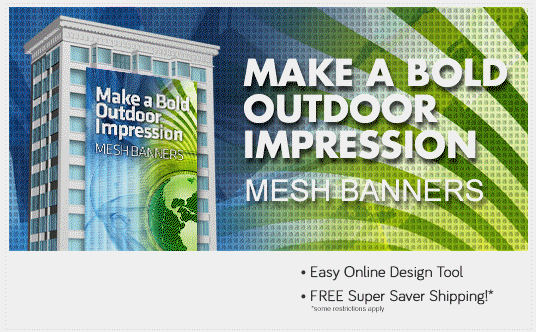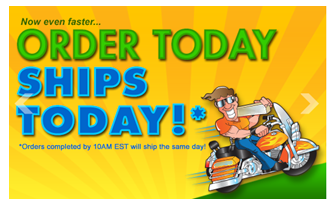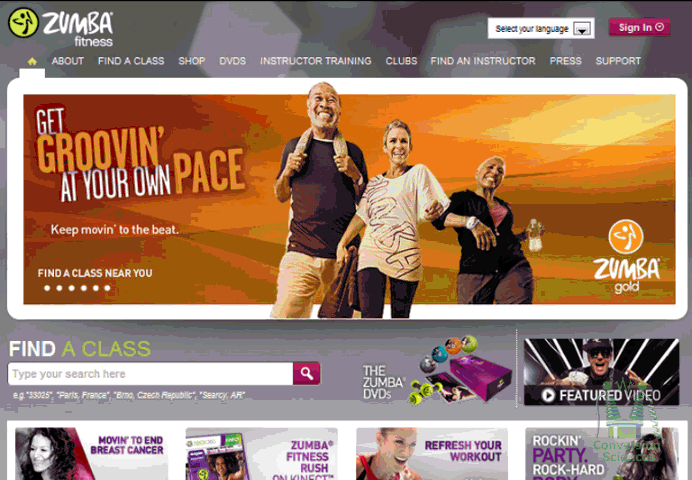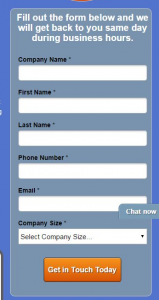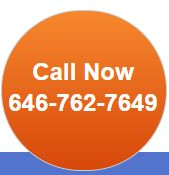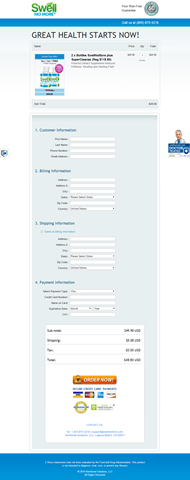The most important part of your website is your value proposition. Find out how to communicate it in words and images.
Too often, we confuse our tag line with our value proposition.
For a website, the value proposition is the critical message that asks a visitor to explore further and to purchase.
Famous value propositions include Zappos’ “365 day return policy and we pay shipping both ways.” Warby Parker offers “Order up to 5 of our vintage-style sunglasses. Keep the ones you like and send the others back at our expense.” These sound like expensive value propositions.
Yours doesn’t have to be.
No matter how simple or complex, your value proposition should be communicated clearly in the words and images on your website. Most value propositions can’t be communicated in a sentence or two.
Let’s see how one company communicates its value proposition in words and images.
iMagnetMount Value Proposition
I’m not going to tell you what iMagnetMount does. Let’s discover it from their home page, which acts as a landing page.
The value proposition for iMagnetMount is simple:

The “Hero Shot” should tell visitors that they are in the right place.
“We make a phone mount for your car.”
If I didn’t read the text, I wouldn’t really know what this is. The headline tries to be cute, but has the magic words, “Phone Mount.”
If we scroll we get the next part of the value prop pretty easily from an auto-play hero video.
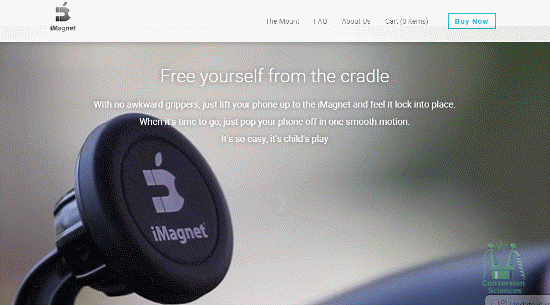
If your product is easily demonstrated, consider using video.
BAM! I get it. Viscerally. Nothing fancy. No catchy music. I don’t even have to read the text.
It’s solid. It’s easy. It works on the dash or on the windshield.
This is the value of having a demonstrable product. If you have a demonstrable product, use video. To demonstrate.
If anything, I would have put this at the top of the page.
Objections: What’s missing from your Value Proposition
As potential customers, what we haven’t been told will quickly gel into objections. Objection questions begin with “What if I…?” and “Will it…?” and “How can it…?”
However, these questions aren’t asked on a web page. They must be anticipated.
It’s apparent that iMagnetMount believes to be the first objection to be, “Can I trust you?” Trust symbols are seen in two places on the page.

Logos can increase “borrow” trust from better-known brands.

Be careful introducing objections with little proof to overcome them.
Objections are funny things, though. If you address the right concern, you move the prospect closer to buying. If you raise the wrong one, you create a new objection.
Here, iMagnetMount introduces an objection, “Magnets might hurt my phone” by stating that there is “No Magnetic Disruption To Their Phone.” The objection is addressed with some social proof, so the objection is raised and addressed.
If you raise an objection, handle it quickly.
What is the next thing we should learn about this “phone-destroying” product?
More Demonstration
Next is a video with a marquee frame showing the phone turned horizontally, like a GPS. Awesome!
The copy next to it says, “Life is too short to fumble with your phone.” iMagnetMount’s copywriter thought cute was the way to go.
The goal of this particular headline is to get the visitor to play the video. Instead, they introduce a new objection: “Will I fumble the phone? Will it fall off?”

Headlines should tell the visitor what to focus on.
In your copy, avoid cliché phrases like “Life is too short”. Instead, be more direct.
Watch this short video to see how flexible this magnetic mount is.
Managing the Big Objections
When speaking with iMagnetMount, they confirmed that a big objection is that the magnetic mount would damage or interfere with the phone.
Will it hurt my battery?
Will it fry my electronics?
Will it burn my screen?
Will it affect reception?
iMagnetMount addresses the issue in small text under an unrelated headline.

The answer to the big objection is buried in hard-to-read copy under a cutesy headline.
Here, the copy asks the visitor to “Turn smartphone mounting on its head.” Another throw-away headline. As above, tell them to watch the video and see the advantage.
The video demonstrates the strong suction as well as the grip of the magnet on the phone. Demonstration rocks value propositions.
These two messages – that the magnet is safe and that the suction is awesome – address two of the biggest parts of the value proposition. They should be separated and proven.
Marry Messages and Copy

Your headlines should support the image.
In this part of the page, I felt that the background image used was pretty effective for making a statement about suction. It shows a suction cup sticking to a rough dashboard surface. In this case, the overlaid text supports the message of the image. Words like, “Finally” and “hassle-free” are not as powerful. Chuck these words to advance the value proposition.
Phrases like “patented” and “secure for months” are going to be more successful.
Managing Risk
Buying anything is perceived as risky, especially online. Managing the risk is a key part of the value proposition.

Risk management is a key part of your value proposition.
There are several messages at the bottom of the page that address risk.
- You won’t have to buy a new mount if you think you’ll change phones.
- Our mount is safe for your phone (with a link to a FAQ page)
- Our product is built from strong stuff (in South Korea)
- We offer a one-year warranty.
- Over 100,000 drivers have bought your product.
The cornerstone of risk management is risk reversal. The use of a familiar gold seal tests well in many industries. The use of plain-English text describing the warranty and return is done well here.
A link to a FAQ page offers up many more objections, but also handles them well. Methodical buyers will appreciate the detail on this page.
Repeat the Offer at the Bottom
Anyone who has read through your page to the end is probably pretty interested. Always repeat the call to action at the bottom, as iMagnetMount does here.
Bringing it Home
Copy is more than words. Copy is words and the images that support them.
If there is one issue with the copy on this page, it is that copy is trying to be cute and isn’t supporting the very strong images and video on the page.
After our conversation, iMagnetMount modified the page to address some of these issues.

Proof is important when handling value objections.
Here they’ve added copy to handle the objection, “Will the magnets hurt my phone?” Unfortunately, the image and copy no longer collaborate.
I don’t think they expend enough effort in managing this objection. Proof is key, and they have it. However it is buried, even in this treatment. They should state that it’s SAFE.
Safe for your phone. Safe for your battery. Safe for your screen. Proven with over 10,000 hours of road testing over 2 years.
Are we introducing some objections here? Yes, but if the proof is there, we can consider it handled.
With one change, iMagnetMount significantly improved the image-headline relationship in another part of the page.

When text and image work together, value propositions get wings.
What a powerful headline that begs me to watch the video to see the proof.
The Complete Value Proposition
The keys to a communicating a strong value proposition are:
- Demonstrate your value with images and video.
- Support your images with headlines.
- Provide proof whenever possible.
- Manage risk with proof and a straight-forward return policy.
- Repeat the offer at the bottom of the page.
There are other aspects of this page that may be hindering conversion rates, and those are discussions for another day.
However, with a well-crafted value proposition, buyers will find their way through many obstacles on their way to purchase.
